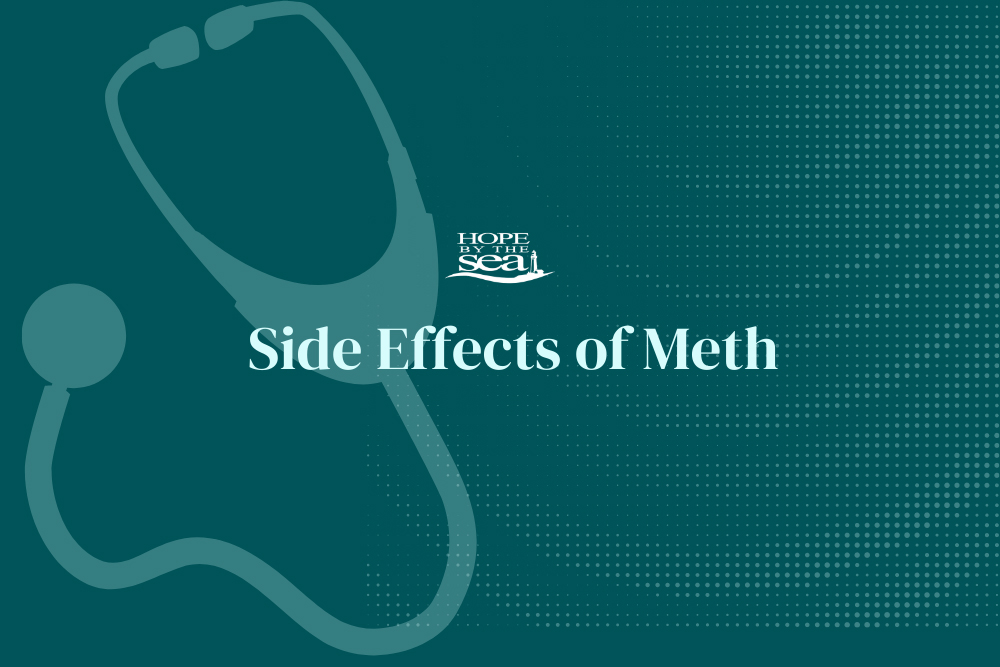Methamphetamine is a fast-acting, potent synthetic stimulant. Even in small doses, it can cause short-term effects like hyperactivity, decreased appetite, irregular heartbeat and elevated blood pressure. This drug can also be fatal if people take too much, potentially leading to seizures or organ failure. In 2020, more than 23,000 people died from overdoses involving psychostimulants like meth, according to data from the CDC and NIH.
How Meth Affects the Brain
Like other stimulants, methamphetamine causes a pleasurable rush of euphoria. It also releases a flood of a neurotransmitter called dopamine, which is part of the brain’s built-in reward circuit. Dopamine is responsible for “teaching” your brain to repeat behaviors that make you feel good – like exercising or eating your favorite food. That explains why this neurotransmitter plays a role in the addiction cycle.
A worsening meth dependency will eventually cause people to prioritize drug use above other hobbies and goals. As an addiction takes hold, it will become increasingly difficult to find enjoyment in anything other than meth. Somewhat paradoxically, ongoing meth abuse can also affect the brain cell synapses associated with dopamine, possibly causing mood disorders.
What Happens When People Take Methamphetamine?
Since meth can stay active and unchanged in the brain for long periods, people may stay awake for several days after taking this drug, during which they may experience extreme agitation, a racing heart rate, chest pains, paranoia, irritability, hallucinations and muscle twitches. After this initial “tweaking” period, a crash will inevitably follow once meth’s effects wear off. Characteristics of a meth crash include long periods of sleep, intense drug cravings and a depressed mood.
Since meth has such a high potential for abuse and addiction, it can quickly cause problems in users’ lives, including damaged relationships and financial difficulties. However, once someone is physically and psychologically dependent on meth, they will experience uncomfortable withdrawal symptoms when they try to quit using it. They may also begin experimenting with other methods of using the drug in hopes of experiencing a more powerful high.
Effects of Long-Term Meth Use
Ongoing meth abuse can cause people to experience psychotic symptoms like hallucinations and delusions, like the sensation of bugs crawling under their skin. In some cases, meth-related psychosis can persist long after someone quits using methamphetamine. Additionally, brain scans of chronic meth users have shown several notable alterations in regions associated with learning, emotion, decision-making and memory.
Besides the neurological and behavioral consequences of methamphetamine misuse, long-term users also experience physical effects, including drastic weight loss and severe tooth decay resulting from poor nutrition. In addition to this, many meth users also develop skin sores from picking and scratching at the imagined insects.
Meth Abuse Treatment in California
Successfully ending a meth addiction is challenging, but well worth the effort needed to achieve lifelong sobriety and freedom from drug abuse. At Hope by the Sea, our continuum of care begins with comfortable, medically supervised detoxification to provide the foundation for the next stages of recovery.
At our family-owned treatment center, we have helped heal thousands of people from all backgrounds and walks of life, and we are here to help you when you’re ready to take the first steps on your sobriety journey. Contact us 24/7 to learn more about what we offer.

